Equipment
The inside track — Scotty Cameron
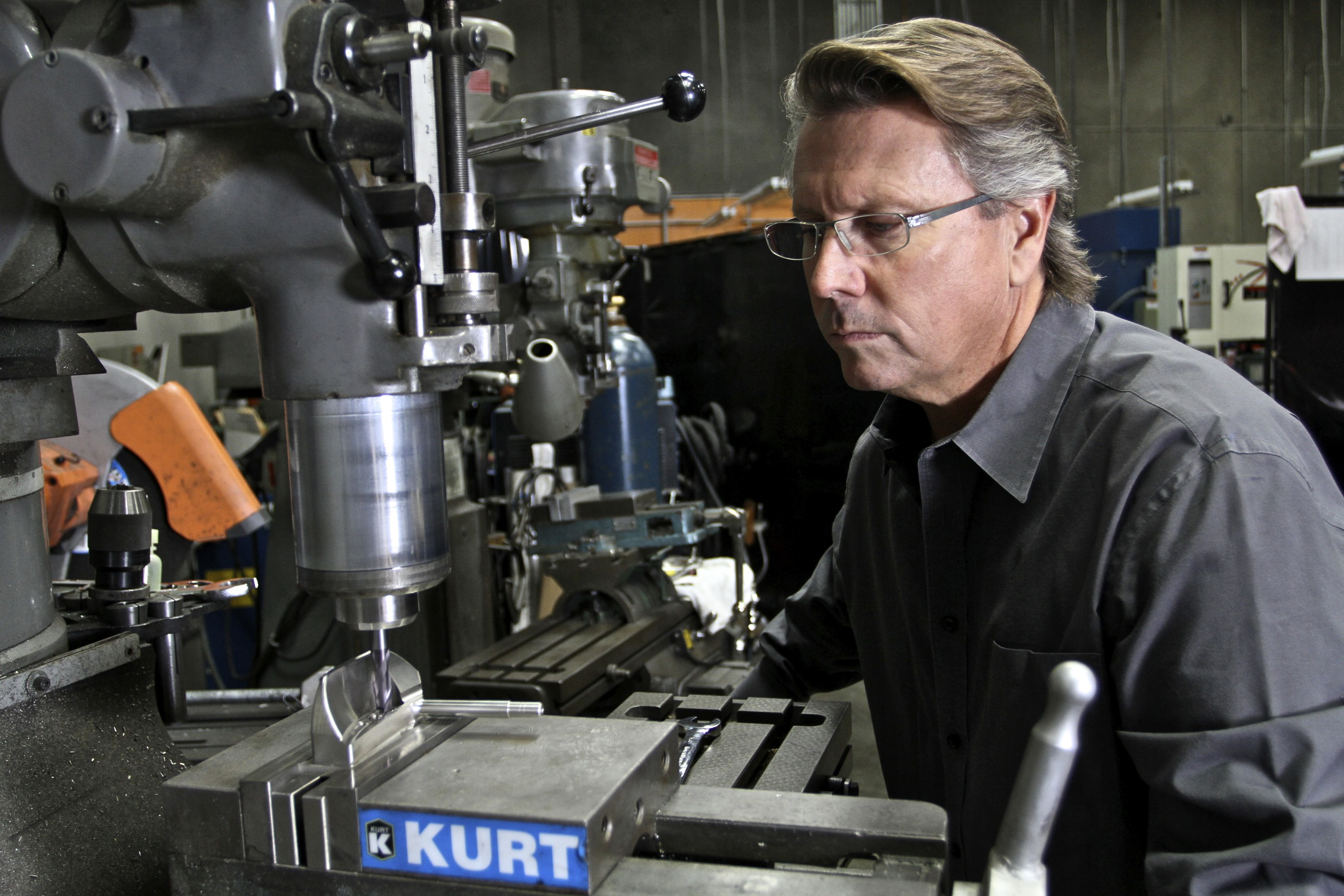
By Zak Kozuchowski
GolfWRX Managing Editor
What’s in a name?
If the name is Scotty Cameron, then it includes some of the most memorable moments in modern golf history.
Tiger Woods has won all 14 of his major championships using a Scotty Cameron putter. Two of last year’s majors, the 2011 U.S. Open and British Open, as well as 10 others majors have been won by players using a Scotty Cameron. Together, that’s 26 major wins — not bad considering that the first major championship win for a Scotty Cameron came only 20 years ago at the 1993 Masters.
Many times, products from a specific equipment manufacturer are successful in the hands of professional golfers because of an accepted change in equipment appearance or technology – think white-painted drivers and spikeless golf shoes. But for Scotty Cameron, the man behind Scotty Cameron putters, his success story hasn’t been as much about innovation as it has been about attention to detail and refinement.
Cameron’s newest line of putters, the Select line, is an example of the fine-tuning that the putter maker has been finessing into his work for years. The line includes some new retail designs as well as Cameron’s most popular shapes – the Newport, Newport 2 and their cousins – the Newport 1.5 and the Newport 2 Notchback.
The recent trend on the PGA Tour for putters has been bright, bold colors — designs that provide ample contrast for alignment. That’s why it was surprising to many that Cameron chose to make the Select line mostly black. Cameron calls the putter finishes “smoky grey,” and the sightlines on certain models “shiny black.”
“I put [prototypes of the Select line] out on Tour to get some feedback with grey, white and black sightlines,” Cameron said. “Honestly, it makes sense to put a white sightline … but it was overwhelming how many guys dug the black sightline.”
Like all of Cameron’s putter lines, the putter head is only one part of the putter’s total package. Everything from the putter’s grip, shaft, shaft band and head cover is designed to create a specific mood. For the Select line, he said he aimed for “sexy,” “more gentlemanly” and “elegant,” which requires not just cosmetic changes, but aesthetic ones as well.
One of Cameron’s previous lines, the Studio Select, was made with a two-degree high toe (the amount the toe is raised from the ground at address). For the Select line that Cameron put together this year, he flattened the toe one degree, which he felt streamlined the look of his putters.
Another element that Cameron worked hard to insert into the Select line was the ability for the putters to be easily customized through the Scotty Cameron Custom Shop. The Custom Shop allows players to add personal touches to any authentic Scotty Cameron putter, such as custom stamps, lettering, alignment lines or dots and paintfill. One of the most widely visible customizations seen on Scotty Cameron putters on the professional tours are stamping made in the dots on some Scotty Cameron putter faces and back cavities. A red dot first appeared on the heel of the putter face of the world’s former No. 1 player. The dot, which served to make the putter’s sweet spot perfectly centered with the sight dot, has come to symbolize the Scotty Cameron brand.
Cameron has included three of his signature dots in the back cavity in all but two models of the Select line, a feature that first came to retail in the Studio Select line in 2008. But for the Select line, he increased the size of the dots to better accommodate his custom stampings – the “Junk Yard Dog,” the “Cameron Money” stamp, hearts, four leaf clovers and others.
Steve Pelisek, Titleist general manager of golf clubs, said that it’s fun to see what models come back the most at the Custom Shop. Despite a large Custom Shop demand for restoration of Cameron’s Napa putter and other models like the Bullseye and non-pocketed putters, there’s not enough following to justify putting those putters in the retail line, Pelisek said.
“Sometimes it’s thought to justify putting them in the line,” Pelisek said. “But if we were to put those in the line, they would be the least seller by far. So much of it is tour trends … we watch and listen. If the market place starts to rumble, we address that with a short run. We don’t want to make a large run of Coronados and have them left sitting in the shops.”
Click here for more discussion in the putter forum.
Even though Cameron called the Napa the favorite putter he makes, he agreed with Pelisek that there is not enough demand for such models. One reason, he said, is the highly repeatable putting stroke that is required to achieve consistent results with putters like a Napa.
“If you’re rhythm and timing is good, [the Napa] is fantastic,” Cameron said. “I did one for the PGA Show – polished it, turned it blue, stamped it sexy.”
One of the classic designs that is not currently part of the Select line, the Laguna, will be part of the line extension at some point. But right now, the focus at Scotty Cameron is on the GoLo, a mid-mallet that Cameron called the “homerun” of this year’s line. He and his team are running milling machines 24 hours a day, six days a week to meet demand for the GoLo, which is intended to bridge the gap between the Kombi and Kombi-S models, which are oversized-mallets, and the Red X putters, which are smaller-sized mallets. At first, Cameron tinkered with a symmetrical design of the GoLo, but decided to shave or “sweep out” the heel of the putter. The problem with symmetrical designs, according to Cameron, is that they give a player the appearance that the putter wants to go straight back in the backstroke, which he does not believe is the best way to putt. By shaving the heel of the GoLo, the putter looks as though it should be taken back slightly to the inside, a putting style he sees time after time from the best players in the world.

“We can design putters to make you think things and do things,” Cameron said. “That’s why we make high toes [on putters], so you don’t drop your hands … when you drop your hands, the four degrees of loft on the putter starts to point left.”
Examining trends
Since Cameron came to prominence as a putter maker nearly two decades ago, golf equipment design and technology has changed drastically. Driver heads have doubled in size. Graphite shafts are no longer the exception in drivers and fairway woods – they are the standard. And clubs called hybrids have become a popular alternative to long irons.
Cameron’s detractors are quick to say that his designs are not truly original – they say his popular Newport head is all to similar to the Anser putter that PING founder Karsten Solheim developed in the late 1960s. But that comparison is similar to penalizing Apple Co-Founder Steve Jobs for not inventing the computer.
Cameron has been at the forefront of many putter trends, most noticeable the popularization of high MOI putters. In 2003, Cameron brought to retail his Futura putter, a futuristic mallet with a heavy horseshoe-shaped ring located in the rear of the putter that served to redistribute the putter’s weight for a better roll. Many putter makers had released high MOI putters prior to 2003, but none had the immediate success that Cameron enjoyed with the Futura.
According to Cameron, Phil Mickelson saw a right-handed Futura prototype in Cameron’s studio, and asked if he could make him a left-handed model. Cameron also made one for Scott Hoch, who like Mickelson, won on the PGA Tour with a Futura in his bag.
“The Futura was about putting weight in an optimum place,” Cameron said. “The putter didn’t sound that crisp, and it didn’t look that great, but it could be one of the best putters we’ve ever made at Titleist.”
According to Cameron, the design “was never supposed to come out.” But when it did, it had a profound impact on the putter industry. Now, it’s hard to find a putter maker that doesn’t offer at least one high-performance mallet in his or her line.
In 2009, Cameron brought another oversized mallet to market, the Kombi. Cameron said he incorporated what he learned from the Futura into the Kombi, designing it in a way that he said made it sound and look better.
The worst part about the Kombi turned out to be the name. Cameron took the name from Volkswagen’s Type 2 bus, which was named the Transporter 2 or Kombi (short for Kombinationskraftwagen) — a combination vehicle on one chassis. His idea was to have a Kombi short, Kombi mid and Kombi long (for a short-length, mid-length and long-length putter). But Cameron tired of explaining to people what Kombi meant, so for the Kombi long-length putter in the Select line, he and his team decided to bring back the classic long putter name that they’d used in the past – Big Sur.
One of the trends that Cameron has resisted throughout the years is creating putters with plastic and rubber inserts. Cameron has made putters with inserts out of metals such as German Stainless Steel and Teryllium, but he has shied away from plastics and rubbers out of fear of what can happen to the materials over time.
“Plastics and rubbers sometimes fail,” Cameron said. “They can crack, chip and delaminate. What happens when [putters with plastic and rubber inserts] are in the trunk of your car after a round in Palm Springs, and then are transported back home in the belly of an airplane. I don’t want to get into a situation where I have to replace a failed insert.”
Cameron said that he could change the feel of his putters with high-quality metal inserts, as well as through the texture of his putter faces. One of the most prominent features on the Select line, as well as Cameron’s trendier California line, are deep mill marks on the putter faces. How they change the feel of a putter is simple – deep mill marks impact a smaller surface area on the ball, which creates a softer feel that meshes better with the harder-feeling golf balls that are currently dominating the professional tours. Cameron’s once popular “beached” putter models achieve exactly the opposite feeling. A slot cut behind the putter face creates a firmer sound, which is why the putters are no longer offered in the retail lines. Like Napa putters, interest in beached putters has also become limited.
Click here for more discussion in the putter forum.
Cameron has also stayed away from “groove inserts” in his putters, which he said do not offer the benefits that many manufacturers are touting.
“All the groove putters that we have tested have one-to-two degrees of loft,” Cameron said. “We’ve found that groove technology drives the ball into the ground. We want [the ball] along the ground, not into the ground … if there’s a better way to [putt], we’re looking at it. We have the robots and the high-speed video technology.”
Cameron identified three trends that he sees as major parts of putter design in the future. He said that putters are going to become shorter, putters are going to become heavier and putter grips are going to increase in size. He had several requests for mid and long putters from tour players in the offseason, but found that come tournament time, most players returned to their trusted short putter. Still though, he doesn’t see mid and long putters going away any time soon. For some players, mid and long length putter are a great way to putt, he said, but “some guys need it and some guys don’t.”
This year’s Select line includes more straight-shafted putters than any of Cameron’s lines in the past. Many people refer to these models as center-shafted putters, but Cameron said there is an important difference between a straight-shafted putter and a center-shafted putter. Center-shafted putters, which began to get a lot of play on tour seven years ago, have the shaft inserted directly into the center of the putter head. It was a trend that Cameron thought would fade quickly, but when it did not, he adjusted. Cameron said that his testing has shown that many players tend to address center-shafted putters with the ball too far out on the toe. As a result, they strike their putts too far toward the toe of the putter. Cameron’s straight-shafted putters address this issue with a shaft that is inserted one shaft diameter back from the center of the head, giving players the look they desire, but helping them address the ball and strike their putts properly. Straight-shafted putters in the Select line include the Newport 2.6, the Newport 2 Mid (a mid-length putter), the GoLo S and GoLo S Mid, and the Big Sur S Long.
Custom putter fitting
There was a time when custom putter fitting consisted of going to a pro shop, trying a few different putters and purchasing the one you liked the best. But like the custom fitting of the other 13 clubs in a golfer’s bag, technology has changed that. From the outside, it appears that Scotty Cameron is behind the curb when it comes to custom putter offerings. But according to Pelisek, there is good reason why there isn’t a Scotty Cameron fitting system in place, and the company only offers short putters in lengths of 33 inches to 35 inches with lie angles no more than two degrees flat or upright from standard.
“Scotty brings in the best players in the world to his putter studio, and they fit into a surprisingly small range,” Pelisek said. “We feel that our product line covers 98 to 99 percent of the spectrum. To putt well means to putt correctly. There aren’t a lot of players that need anything shorter than 33 inches or longer than 35 inches … or more than two degrees [variance from standard] lie angles.”
For that reason, Pelisek and Cameron don’t endorse freelance putter fitting methods, which they said could fit a player into a “crutch” for bad technique. That being said, Scotty Cameron plans to publish a selection guide on May 1 that Cameron and Pelisek said would provide the necessary information for players to choose the right Scotty Cameron putter for them. The selection guide will cover length, toe hang and important information about the visual aspects of each putter, as well as recommendations for lie angle and loft.
One aspect of custom fitting that Cameron has embraced is the addition of removable weights in putters, which help with length adjustments. Cameron always wanted to make putters in different lengths, not just the 35-inch standard length putters that he produced in most models for years. Cameron believes that shorter putters need to have heavier head weights, and vice versa, that longer putters need lighter height weights. The solution to this was to create one shell for each model, but include in the bottom of the putter removable weights that could add or subtract head weight based on length.
Rolling on
Many putter makers have fallen in and out of favor in the 18 years Cameron has been at Titleist designing putters, but through the years and all the different trends, he has managed to remain the most recognized name in putters.
His love affair with the design of his Napa putter is a good example of why. The design is nothing new – its roots are the classic 8802 that great putters have used for decades. When Cameron was in the initial stages of the Napa design, he did something he often does when building a new design. He sought the advice of loyalists that had used a Napa-like putter for years – Arnold Palmer, Larry Mize and Ben Crenshaw. Their input and his vision resulted in a design that is morphed from a solid block of steel into an elongated curved shape. If any part of the design is out of proportion, it will not look right at address — too thin of a neck will make it look weak and too thick of a design will make it look lethargic. It’s a challenge, but that’s the reason Cameron said he loves making Napa putters. Really, it’s why he loves making all his putters. There’s the history, the technology, and most important to him, the chance to “do it right.”
Click here for more discussion in the putter forum.
- LIKE2
- LEGIT1
- WOW2
- LOL0
- IDHT0
- FLOP0
- OB0
- SHANK0
Whats in the Bag
Steve Stricker WITB 2024 (April)
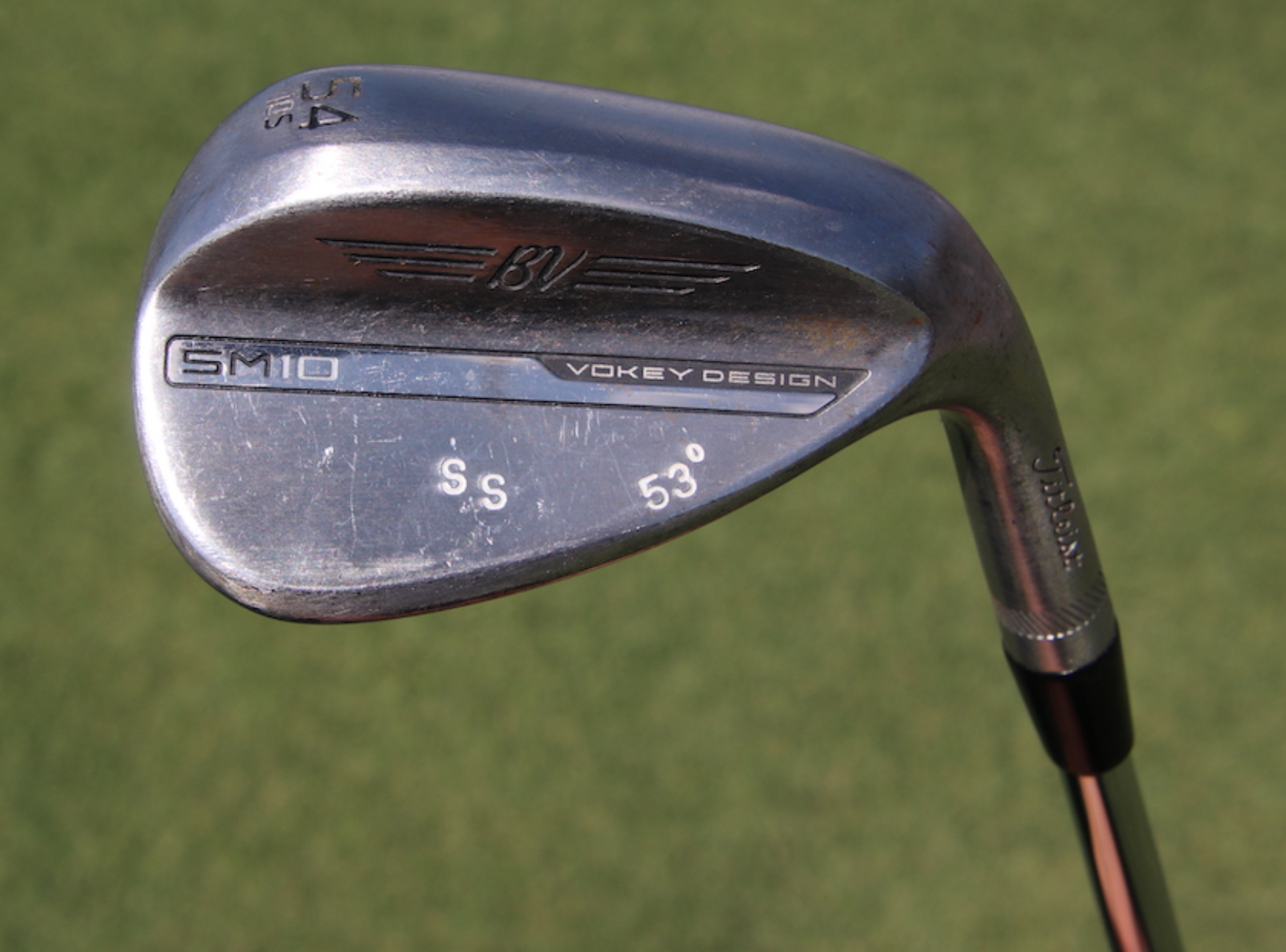
- Steve Stricker WITB accurate as of the Zurich Classic. More photos from the event here.
Driver: Titleist TSR3 (9 degrees, C4 SureFit setting)
Shaft: Fujikura Motore Speeder VC 7.2 X
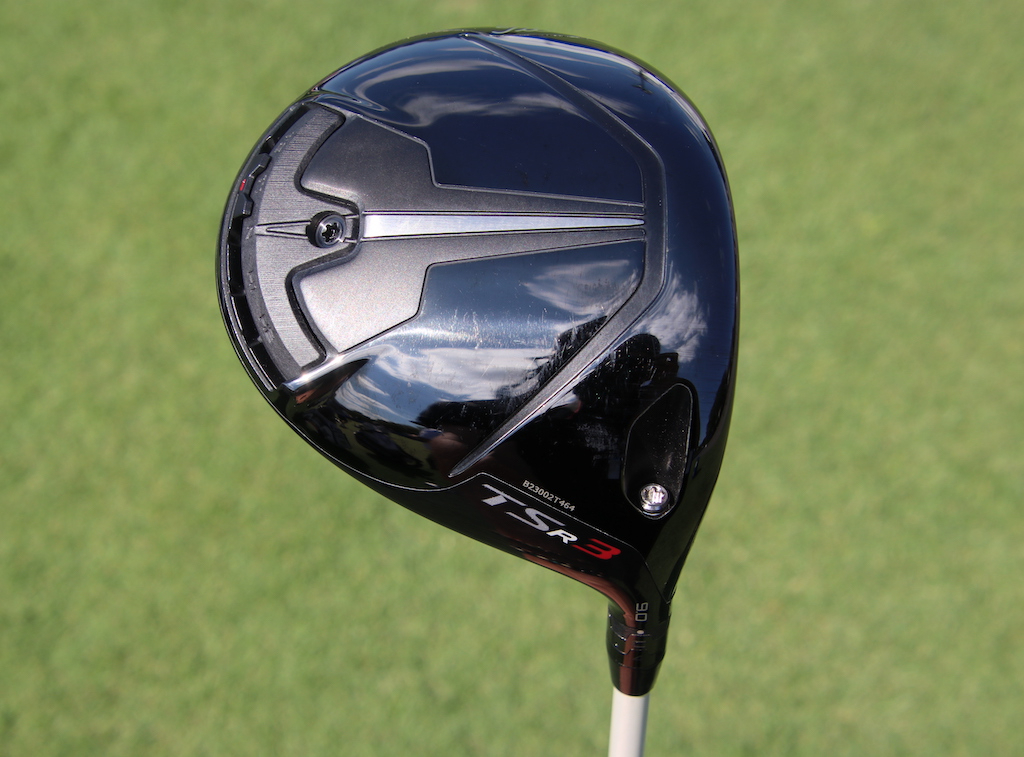

3-wood: Titleist 915F (13.5 degrees)
Shaft: Mitsubishi Tensei CK Pro White 80 TX
Hybrid: Titleist 816 H1 (17 degrees)
Shaft: Fujikura Motore Speeder VC 9.2 X
Irons: Titleist T200 (3, 4), Titleist T100 (5-9)
Shafts: Project X 6.5
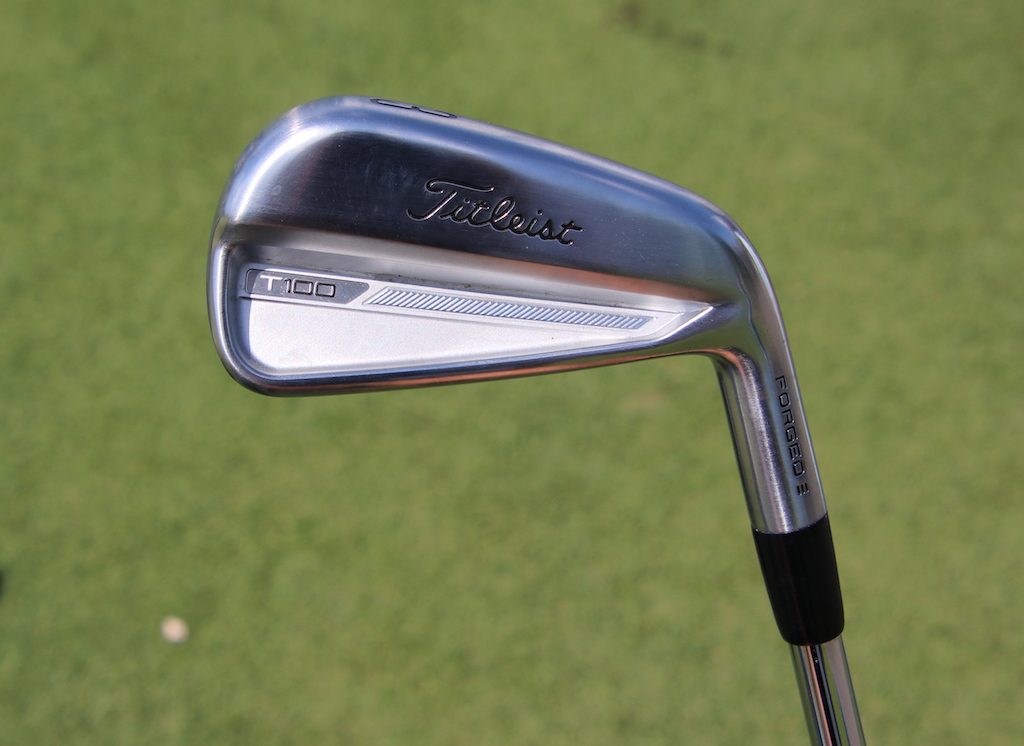
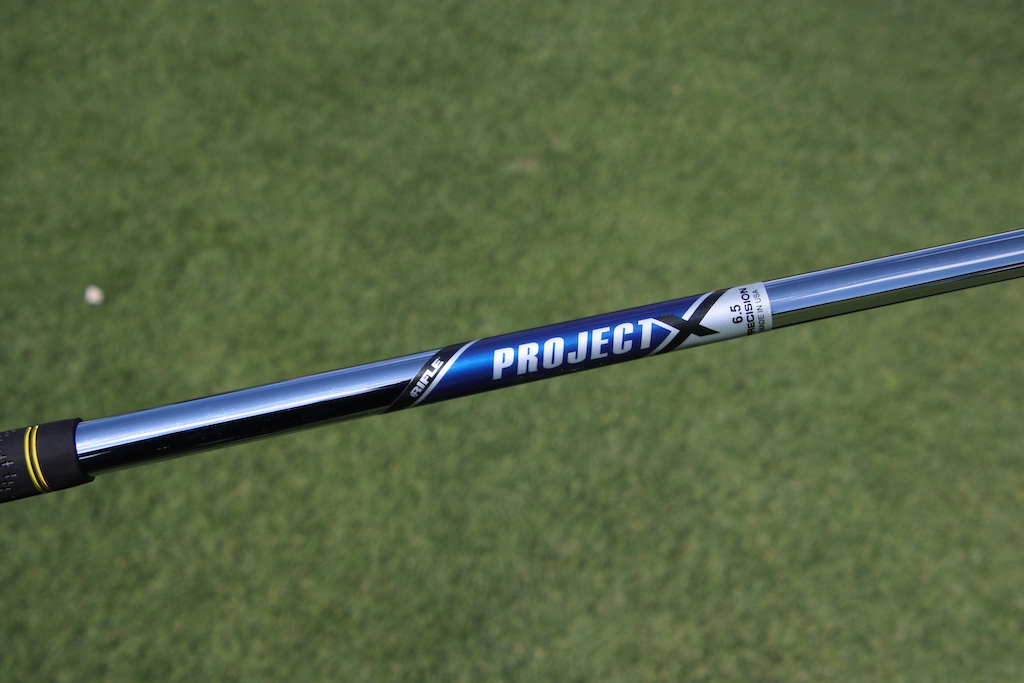
Wedges: Titleist Vokey SM8 (46-10F @55), Titleist Vokey SM10 (54-10S @53), Titleist Vokey SM4 (60 @59)
Shafts: True Temper Dynamic Gold X100 w/Sensicore
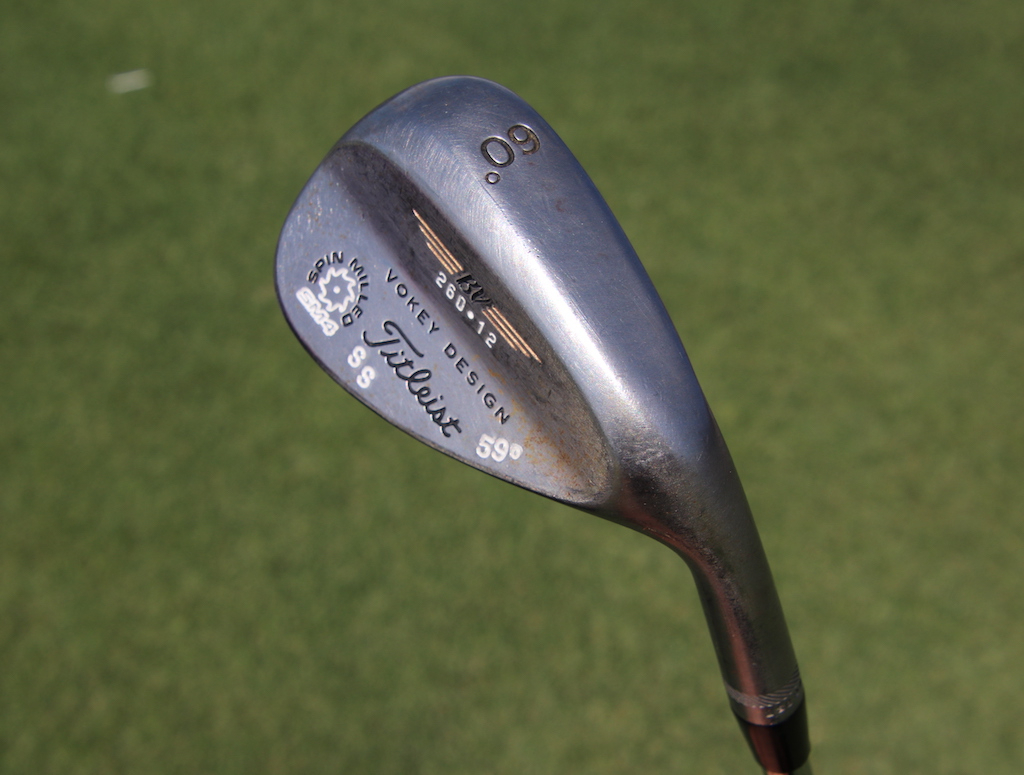
Putter: Odyssey White Hot No. 2
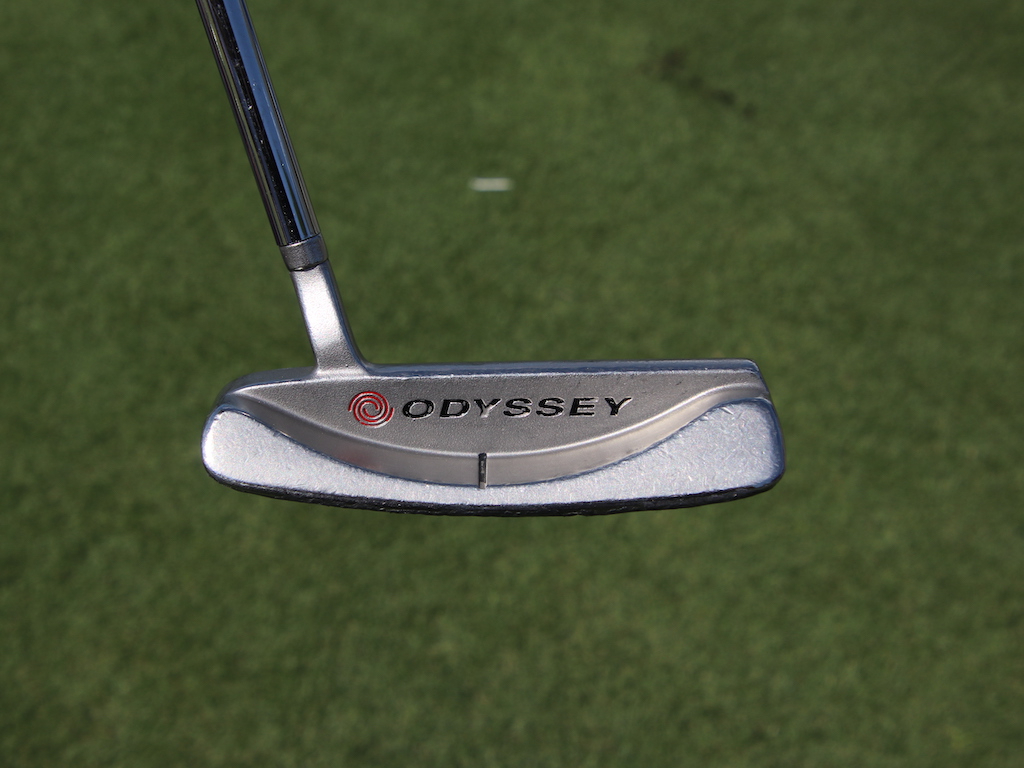
Ball: Titleist Pro V1x
Grips: Golf Pride Tour Velvet Grip Rite
Check out more in-hand photos of Steve Stricker’s clubs here.
- LIKE18
- LEGIT2
- WOW0
- LOL0
- IDHT1
- FLOP0
- OB0
- SHANK0
Whats in the Bag
Alex Fitzpatrick WITB 2024 (April)
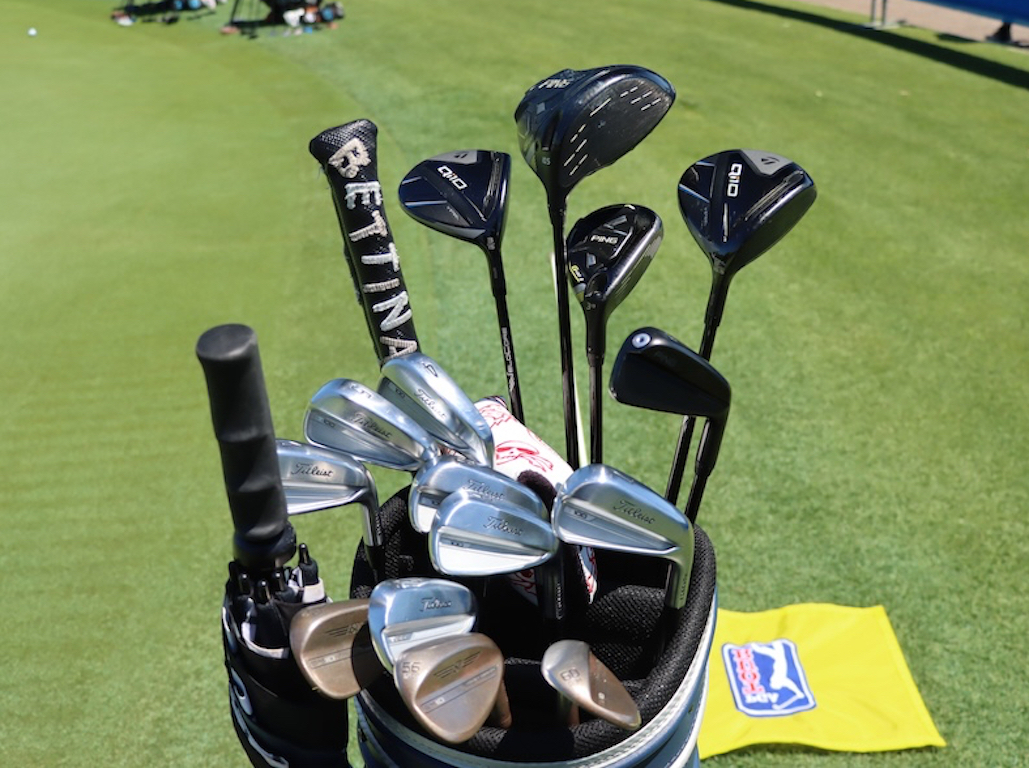
- Alex Fitzpatrick what’s in the bag accurate as of the Zurich Classic.
Driver: Ping G430 LST (10.5 degrees)
Shaft: Fujikura Ventus Black 6 X
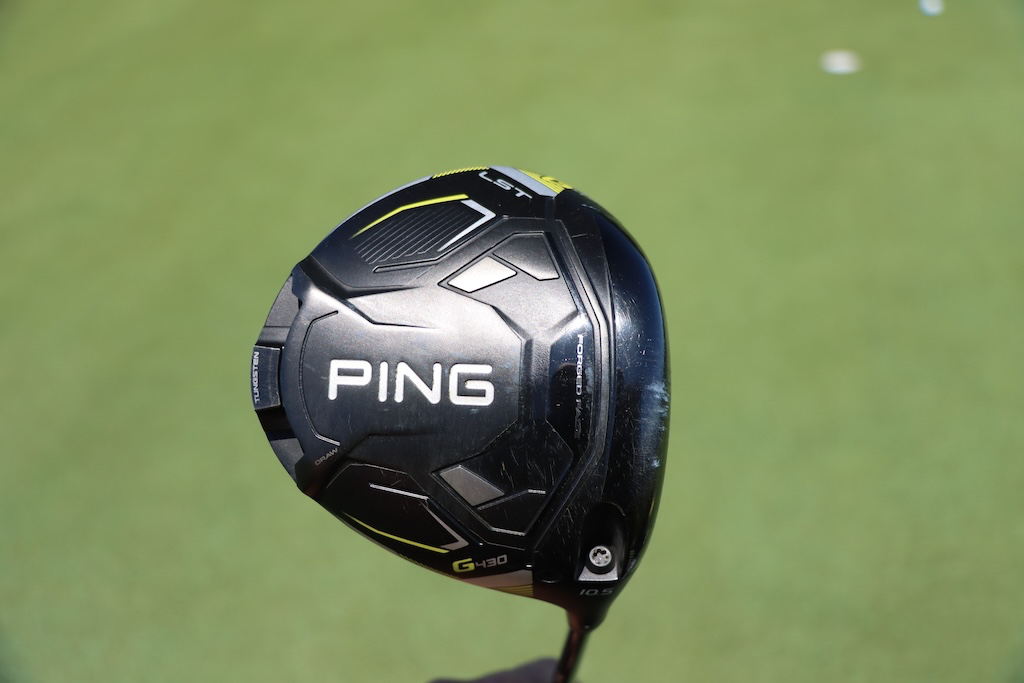
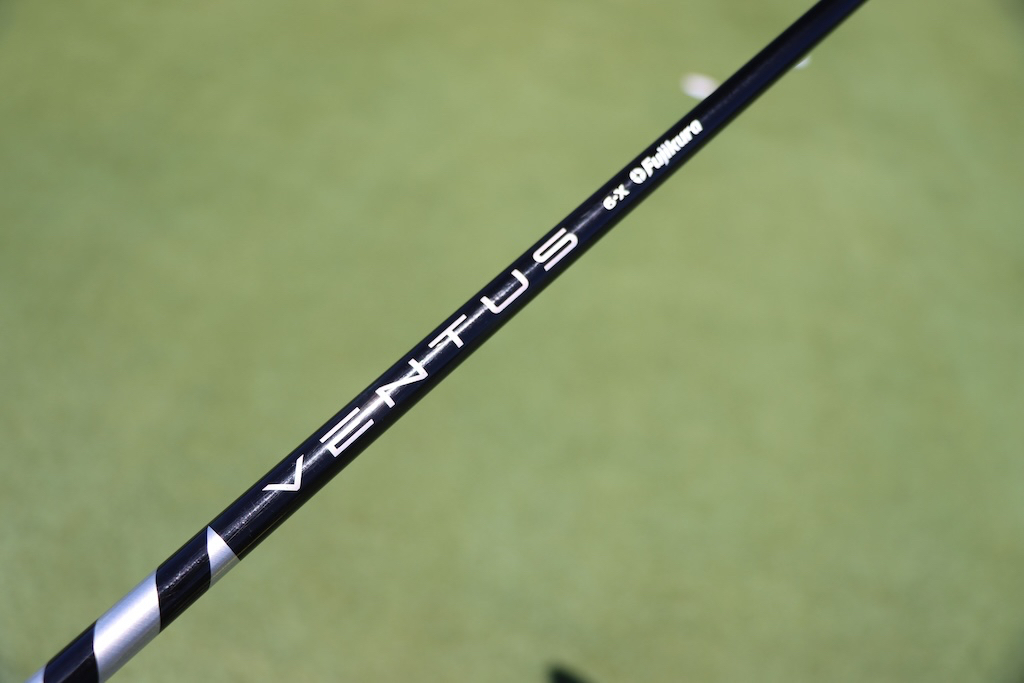
3-wood: TaylorMade Qi10 (15 degrees)
Shaft: Fujikura Ventus TR Black 7 X
Hybrid: Ping G430 (19 degrees)
Shaft: Fujikura Ventus Black HB 10 TX
Irons: Ping iCrossover (2), Titleist T100 (4-PW)
Shafts: Fujikura Ventus Black HB 9 TX (2), Nippon N.S. Pro Modus 3 Tour 120 X (4-9)
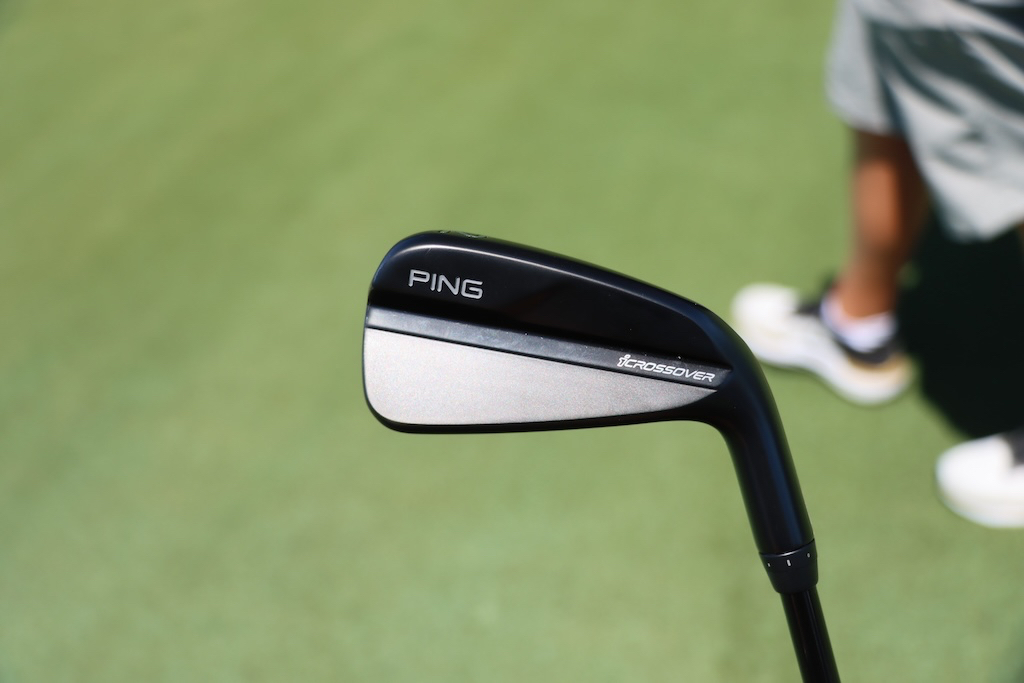
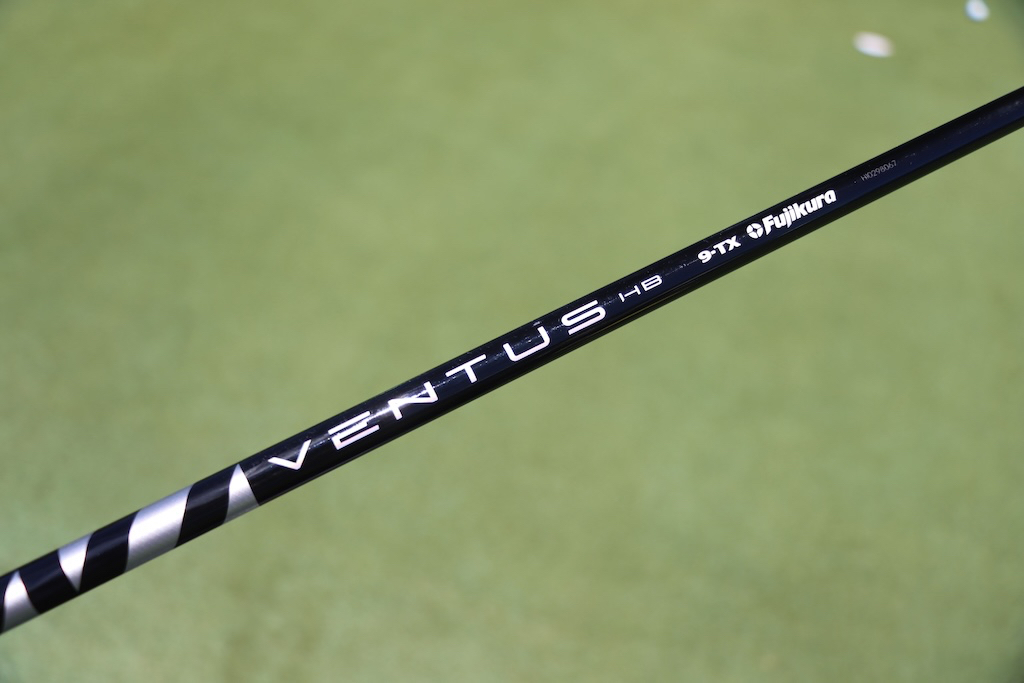
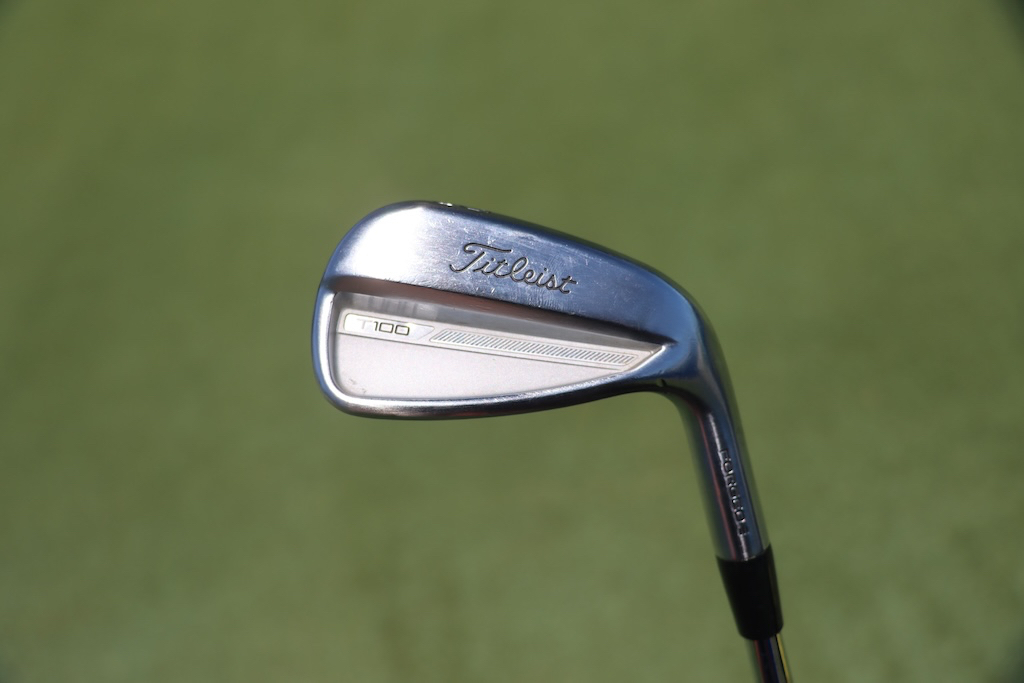
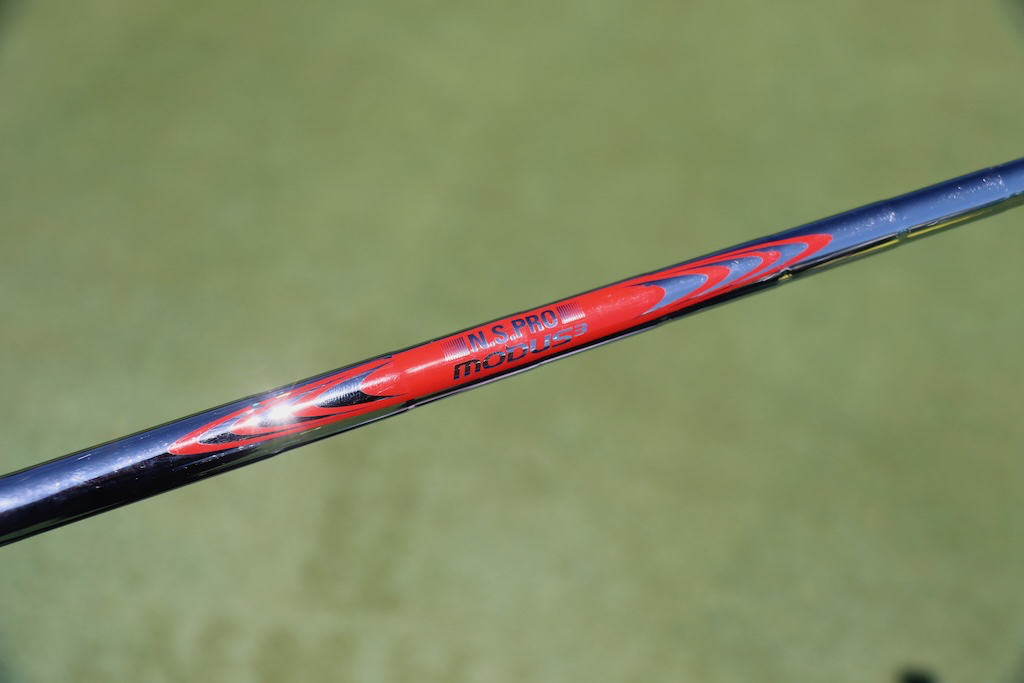
Wedges: Titleist Vokey Design SM10 (50-12F, 56-12D, 60-08M)
Shafts: Nippon N.S. Pro Modus 3 Tour 120 X
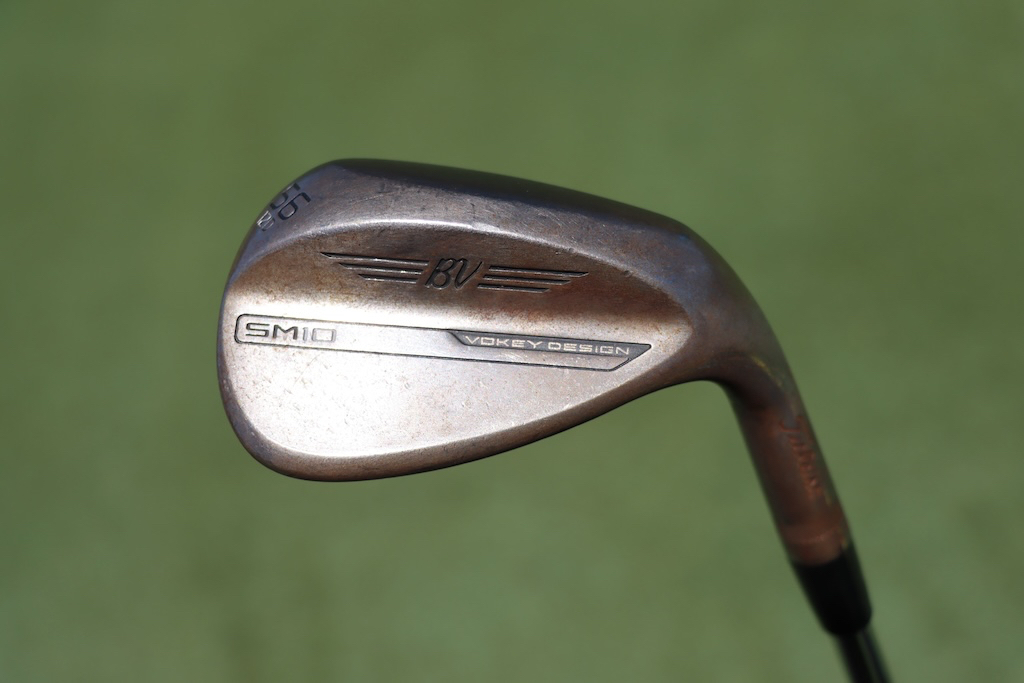
Putter: Bettinardi SS16 Dass
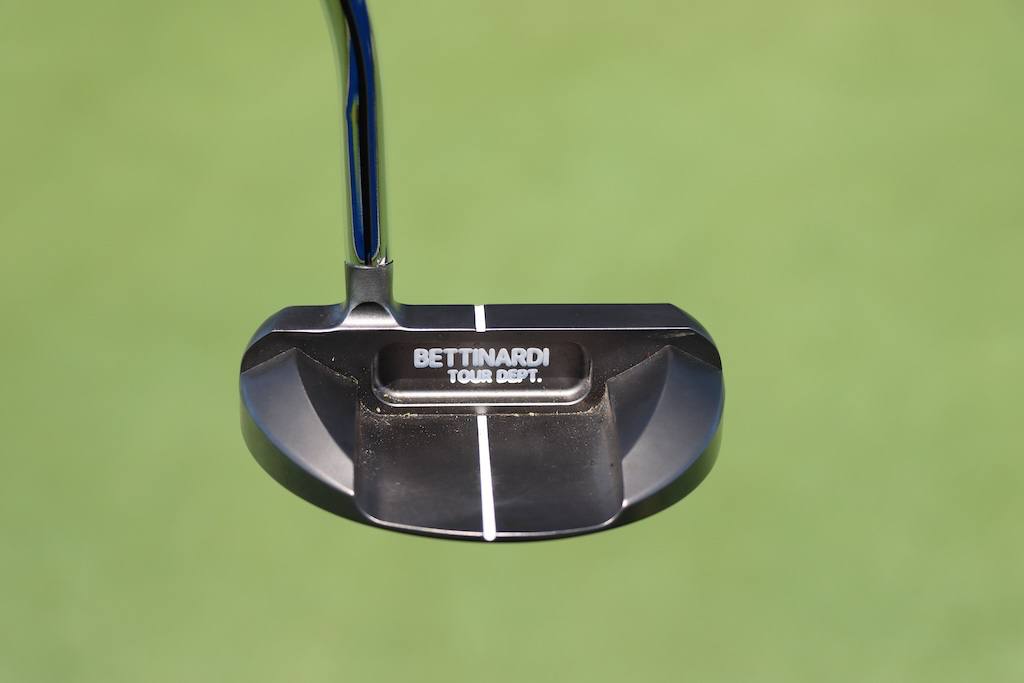
Grips: Golf Pride MCC
Check out more in-hand photos of Alex Fitzpatrick’s clubs here.
- LIKE10
- LEGIT0
- WOW0
- LOL0
- IDHT1
- FLOP0
- OB0
- SHANK0
Equipment
What’s the perfect mini-driver/shaft combo? – GolfWRXers discuss

In our forums, our members have been discussing Mini-Drivers and accompanying shafts. WRXer ‘JamesFisher1990’ is about to purchase a BRNR Mini and is torn on what shaft weight to use, and our members have been sharing their thoughts and set ups in our forum.
Here are a few posts from the thread, but make sure to check out the entire discussion and have your say at the link below.
- PARETO: “New BRNR at 13.5. Took it over to TXG (Club Champ but TXG will always rule) in Calgary for a fit. Took the head down to 12, stuck in a Graphite Design AD at 3 wood length and 60g. Presto- numbers that rivaled my G430Max but with waaaaay tighter dispersion. Win.”
- driveandputtmachine: “Still playing a MIni 300. The head was only 208, so I ordered a heavier weight and play it at 3 wood length. I am playing a Ventus Red 70. I play 70 grams in my fairways. I use it mainly to hit draws off the tee. When I combine me, a driver, and trying to hit a draw it does not work out well most of the time. So the MIni is for that. As an aside, I have not hit the newest BRNR, but the previous model wasn’t great off the deck. The 300 Mini is very good off the deck.”
- JAM01: “Ok, just put the BRNR in the bag along side a QI10 max and a QI10 3 wood. A load of top end redundancy. But, I have several holes at my two home courses where the flight and accuracy of the mini driver helps immensely. Mine is stock Proforce 65 at 13.5, I could see a heavier shaft, but to normal flex, as a nice alternative.”
Entire Thread: “What’s the perfect Mini-Driver/Shaft combo? – GolfWRXers discuss”
- LIKE5
- LEGIT1
- WOW0
- LOL0
- IDHT1
- FLOP0
- OB0
- SHANK4
-

 19th Hole2 weeks ago
19th Hole2 weeks agoDave Portnoy places monstrous outright bet for the 2024 Masters
-

 19th Hole5 days ago
19th Hole5 days agoJustin Thomas on the equipment choice of Scottie Scheffler that he thinks is ‘weird’
-

 19th Hole3 weeks ago
19th Hole3 weeks agoTiger Woods arrives at 2024 Masters equipped with a putter that may surprise you
-

 19th Hole5 days ago
19th Hole5 days ago‘Absolutely crazy’ – Major champ lays into Patrick Cantlay over his decision on final hole of RBC Heritage
-

 19th Hole2 weeks ago
19th Hole2 weeks agoTwo star names reportedly blanked Jon Rahm all week at the Masters
-

 19th Hole2 weeks ago
19th Hole2 weeks agoReport: LIV Golf identifies latest star name they hope to sign to breakaway tour
-

 19th Hole2 weeks ago
19th Hole2 weeks agoNeal Shipley presser ends in awkward fashion after reporter claims Tiger handed him note on 8th fairway
-

 19th Hole1 week ago
19th Hole1 week agoBrandel Chamblee has ‘no doubt’ who started the McIlroy/LIV rumor and why



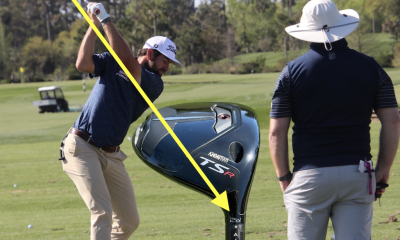



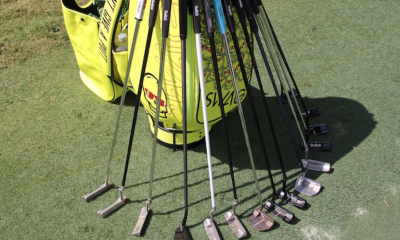

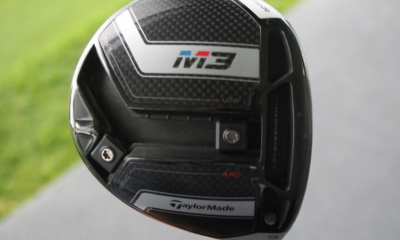

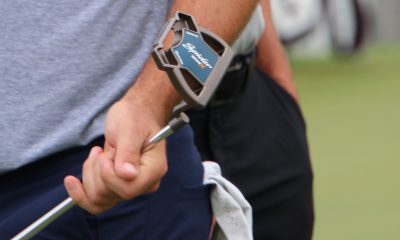
















Figs
Sep 10, 2012 at 2:32 pm
Advice for those who decide to customize their putter, make sure you are 100% sure what you want and make sure you are as detailed as you can be. I had put in a request if it was possible to change the color of the letters in the original grip for the new select putter. I never received a phone call or email stating that it wasn’t possible. Instead I found out when I had placed a called for an update on my putter. I had asked the customer service agent to please change out the original grip and I would pay for the difference. Less than a week later I received my new putter with the original grip. I have sent multiple emails and placed phone calls and SC is not willing to help me out.
I’m shocked that they have poor customer service. Has anyone else had any issues with them?
Christian
Apr 26, 2012 at 10:09 am
Thanks for the well written article. Interesting about the Futura. I wonder if Scotty will ever start a support group for wives that find his putters stashed/hidden around the house?
Devlin
Apr 25, 2012 at 8:04 pm
Good article. Nice to see that some editors actually read some of the wrx forums.
Cheers
Devlin
Anthony C Simmons
Apr 25, 2012 at 1:20 pm
I am a huge Scotty Cameron Fan and own many of the models that he has created,nice to know that gimmicks are not part of the design process.Keep up the great work Scotty.
Scott
Apr 25, 2012 at 11:07 am
Great article Zak. I like to hear Scotty’s views on the industry. Love him or hate him, everyone has to admit that he is a good marketer of his products.
Drew
Apr 24, 2012 at 11:24 pm
thanks for the article. I am a big Cameron fan and found out some info there that I haven’t heard before.